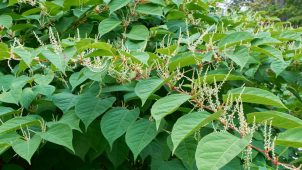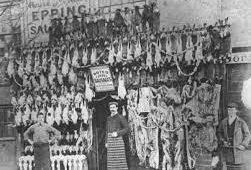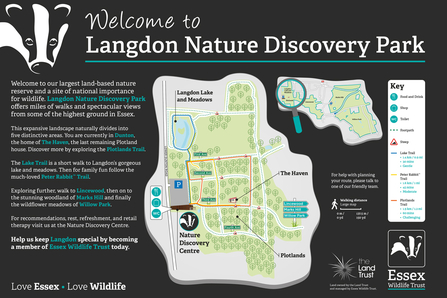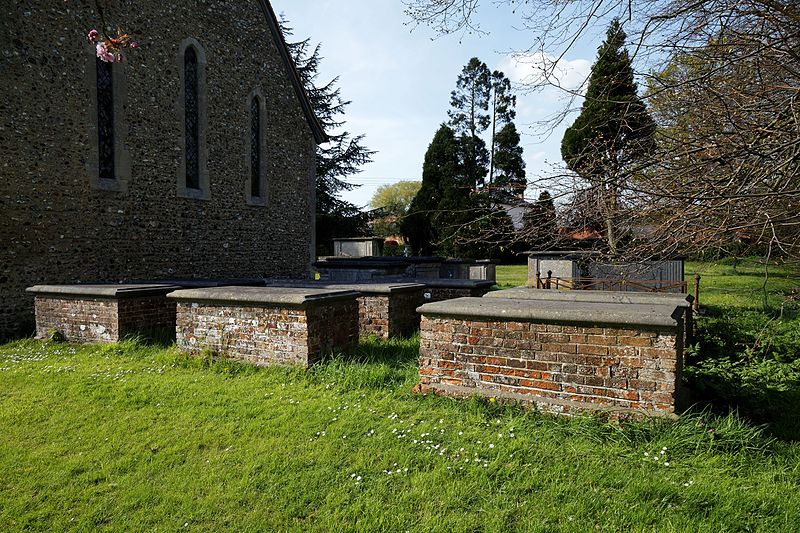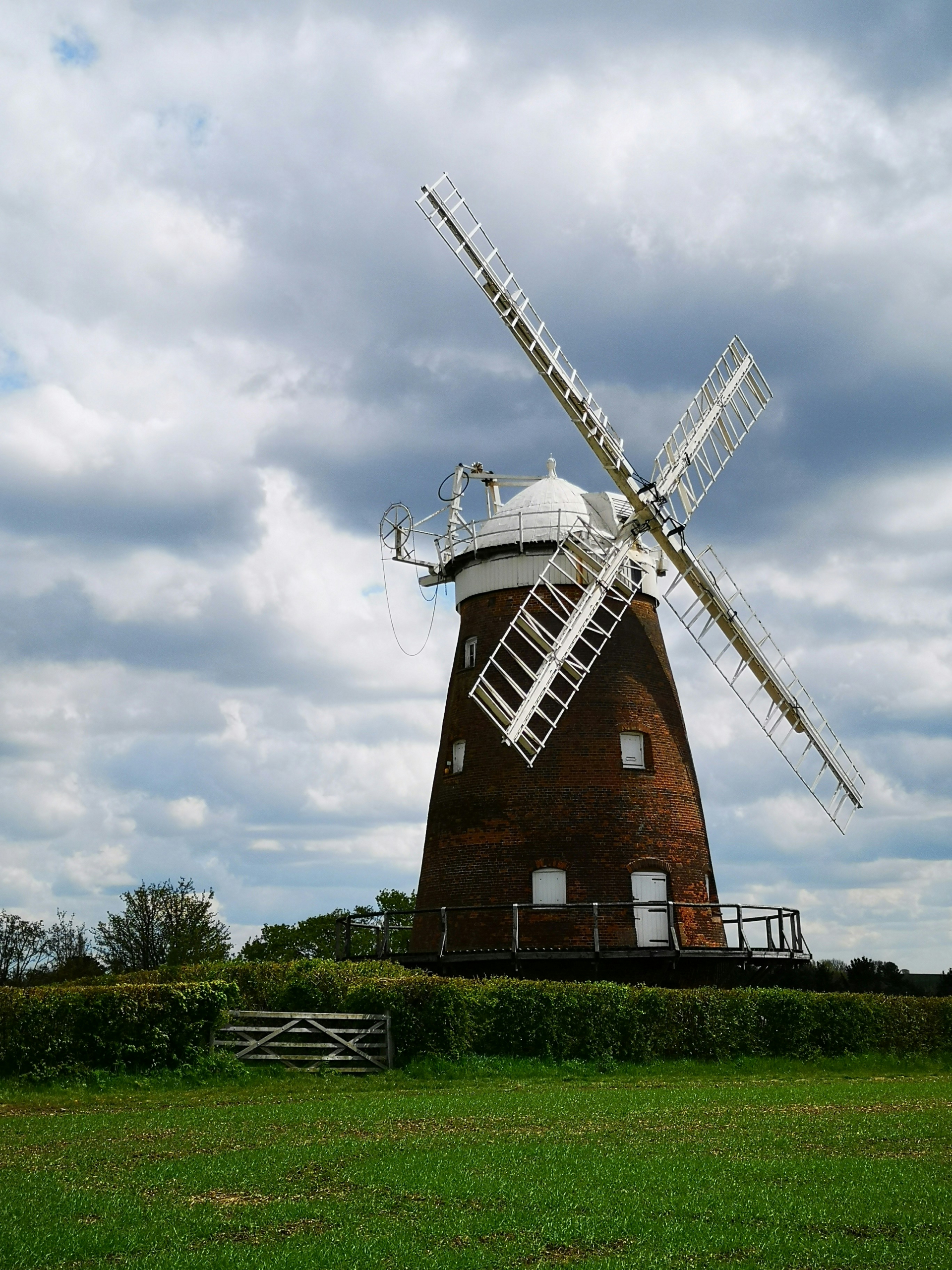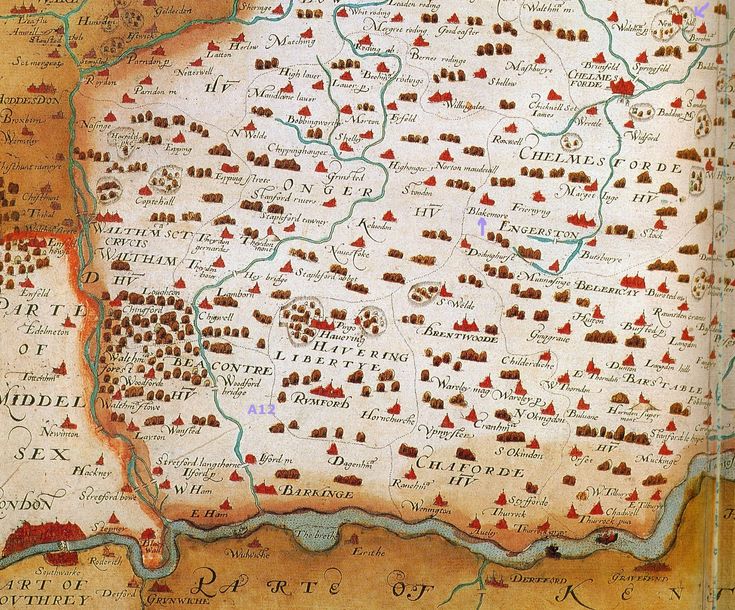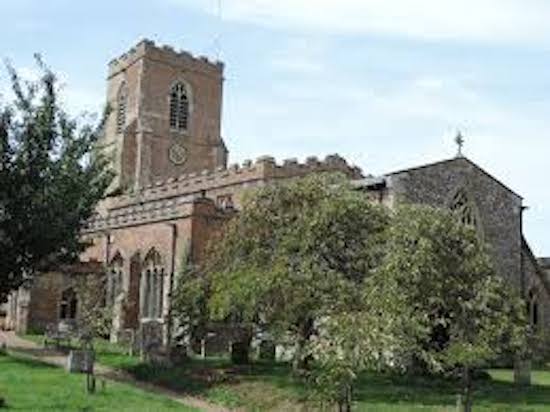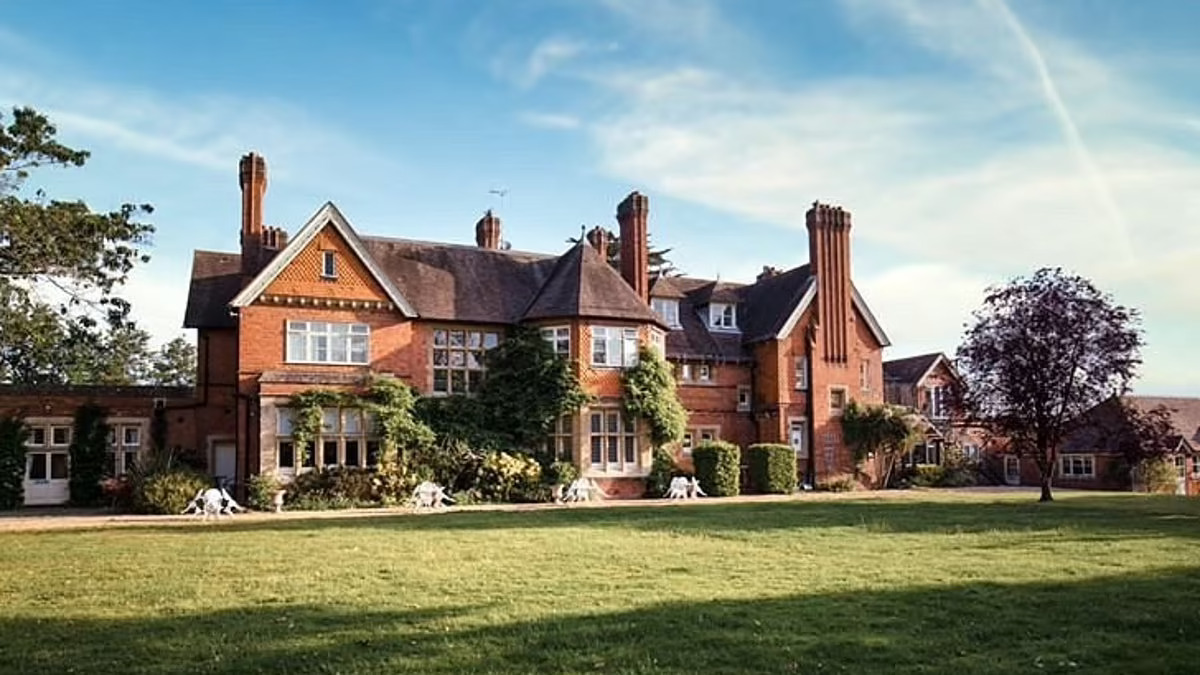Now here’s a warning for anyone planning to sell their house.
Back in 2018 Jonathan Downing, from London, forked out £700,000 on the three-bedroom property in Prince George’s Avenue, Raynes Park.
At the time, the furniture designer was over the moon with his purchase and planned to build a workshop in the garden.
However, in the course of this building work, he came across a patch of Japanese knotweed canes behind a large bush that was growing next to his shed.
Now in case it had escaped your attention, Japanese knotweed is a nightmare plant renowned for its ability to spread at a rate of knots, damaging homes and making them almost unsaleable.
After making the discovery Mr Downing took legal action, suing the previous owner, Jeremy Henderson for £32,000 to cover the costs of investigating the problem.
Not surprisingly Mr Henderson denied any wrongdoing, saying that he wasn’t aware of the presence of the knotweed at the time of the sale, but Mr Downing’s barrister Tom Carter told the court that an expert on the plant, they had consulted stated that in his view the weed had probably been in the garden since at least 2012, and that at some point during that time the knotweed canes would almost certainly have achieved a height of 2 metres!
At the time of the sale legal forms required the vendor declare whether or not knotweed existed on the premises.
He could have ticked ‘Yes’, ‘Not Known’ or ‘No’ – but by ticking ‘No’, he chose to positively assert there was no knotweed at the property and thereby made a misrepresentation.
Responding to the allegations, Mr Henderson said: “I had lived there for three years and spent quite a lot of time in the garden and hadn’t seen knotweed. I got a surveyor’s report when I moved in and it didn’t find any knotweed. No one identified any knotweed to me and I didn’t see any knotweed.”
He went on to suggest that the main reason for this was that it was probably hidden by the bush.
Unfortunately the judge ruled that the former owner had undermined his own case by claiming he ‘didn’t know what was behind the shed’, despite also saying he was certain there was no Japanese knotweed at the time of the sale.
“Had that evidence stood alone, he would have amply satisfied me of his reasonable belief that there was no Japanese knotweed at his property but he has not shown me that he had any reasonable grounds for making that assertion.”
Mr Henderson is thus liable to cough up the sum of £32,000 originally claimed by Mr Downing plus the legal fees of £95,000, incurred by Mr Downing, and his own legal costs of £100,000.
He was ordered to pay the damages plus costs of £65,000 within 21 days.
Let that be a lesson to you!
The subject Margaret Mills chose for today’s historical feature, concerned the Epping Sausage Scandal which dates back to the mid 1800’s.
The scandal was unearthed by investigative journalist, James William Greenwood.
It seems that Epping was renowned for the quality of sausages produced there, so the shear volume of supposedly “GENUINE EPPING SAUSAGES” being sold across London, raised doubts in his mind as to the feasibility of producing the genuine article in such quantity.
You can listen again here as Margaret described what James Greenwood’s investigation uncovered:-
See you again next week, I hope,
Scott

